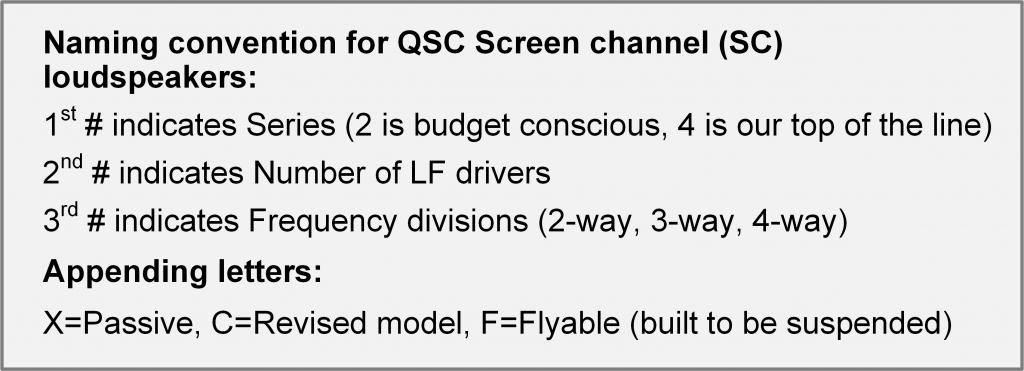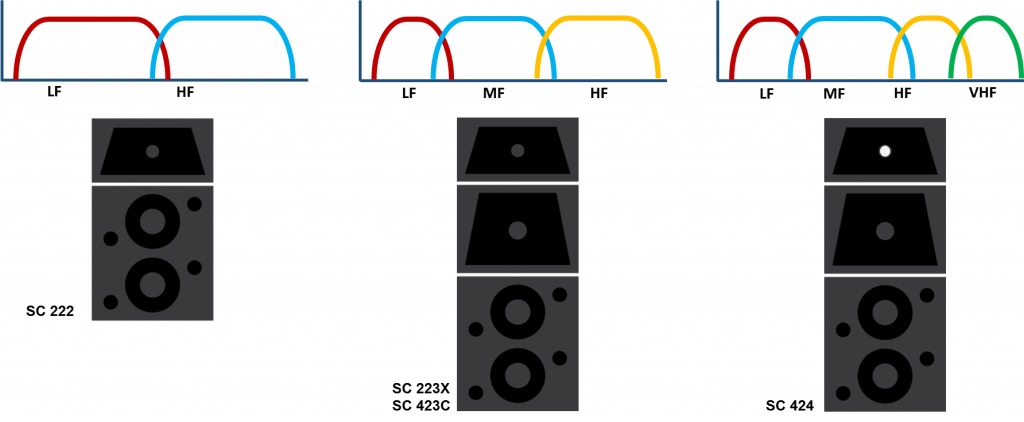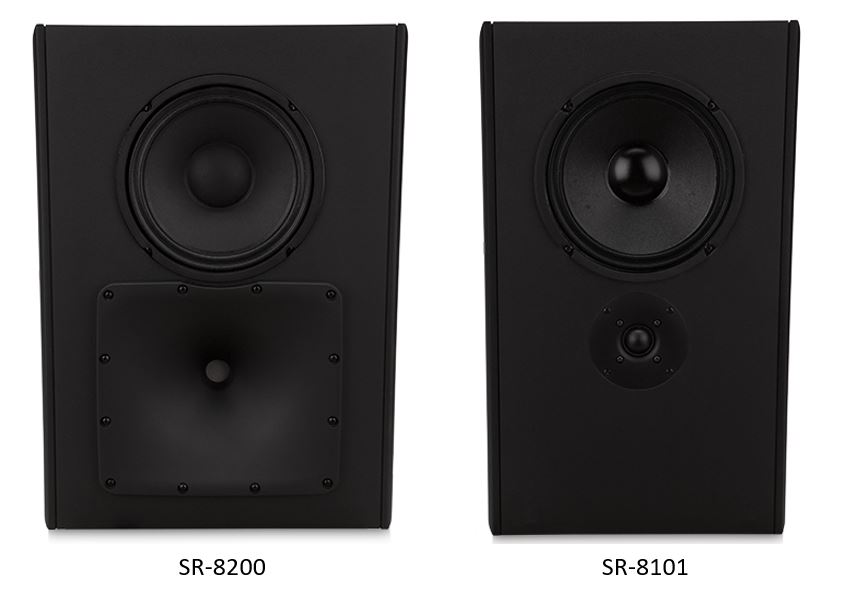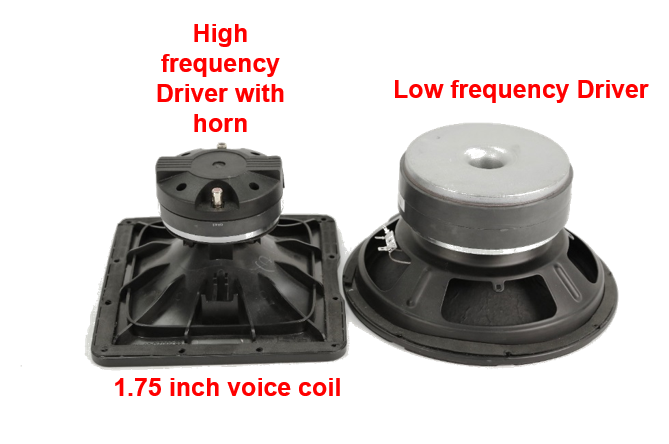The Cinema industry has been hit hard by the COVID 19 shutdown. While we are optimistic about an eventual recovery, the industry will be changed by all that has occurred. Studio release patterns and theatrical windows are changing. Cinemas need other income streams that don’t rely so completely on major studio releases. Cinemas also need to focus on winning back customers with content and presentations that are unmatched by the large flat screen TV in the family room.
Expanded Cinema Capabilities
As far as content is concerned, Cinemas need to be more than just a place to screen DCI-compliant D-Cinema movies. If your presentation system is little more than a dedicated Digital Cinema server and a dedicated Cinema Processor, you are not able to take advantage of many other revenue opportunities besides first run movies. HDMI inputs are critical for content from sources like Blu-ray disc and live satellite receivers and these can be handled by typical D-Cinema solutions, but there are far more opportunities that can be addressed.
Where cinema systems typically fall short is capability for live content, E-Sports, meetings and presentations. The ability to have live presentations from presenters using laptops opens the door to rentals for business meetings, education, religious services and government functions. The use of multiple microphones with automatic mic mixing, the necessity to have audio and video inputs at a lectern and to have easy control of the AV system to allow for operation of things like sound system inputs, volume and lighting levels takes these applications beyond the capability of a traditional, dedicated cinema processor. Integration with meeting solutions like Zoom and Microsoft Teams opens the door for even more rentals for business presentations. Q-SYS serves as the infrastructure of a multi-purpose cinema venue. It is not limited to typical cinema processor functions and can be expanded as needs change. Adding more capability to your AV system increases revenue opportunities. See Mark Mayfield’s blog on All the Other Things you can do with your cinema for more details.
Enhanced Presentation Quality
While extra revenue streams are important to the long term health of the cinema, bringing customers back to see movies is a critical need as well. With the widespread availability of affordable flat screen TV’s and nearly unlimited streaming content, cinemas can win back crowds with enhanced presentation quality. The audio system presents a great opportunity for cost-effective improvements that will impress audiences in all room sizes. The Premium Large Format (PLF) rooms, especially those with immersive sound like Dolby Atmos and DTS:X, have raised the bar for large rooms. Now we need to raise the bar for all other rooms in the multiplex.
While there are a great many ways to improve the acoustics of the room itself, many of these are cost-prohibitive for existing rooms. It is far easier to “build-in” good performance from the start than to add it later. We’ll save the conversation on good room design for another time and focus on sound systems. As with the room, it is cheaper to make upgrades at the time of installation, but sound system improvements can also occur as old systems age and need to be replaced. We can move 7.1 sound systems from good to great with reasonable added cost compared to the benefits. There are several areas to look at where upgrades give the biggest benefits.
Subwoofers
Cinema Subwoofers deliver a big impact that most people can’t achieve in their homes. While impressive dedicated home cinema rooms do exist, most people do not have, and their neighbors won’t tolerate, loud and deep subwoofers. The good news for cinemas is that it is very easy to improve most subwoofer systems.
The first step is to be sure that subwoofers are installed correctly. In most cases, they should be on the floor, grouped together, slightly off-center and up against the wall behind the screen. The second step is to use more subs. Subwoofer systems are often designed to meet cost constraints and they may work great “most of the time”. However, playing content that is really loud and really low stresses the displacement capability of most woofer cones. This can result in distortion and power compression at higher sound levels. Using more subs increases the efficiency and spreads the power over more woofers, a real win-win scenario. If you have been using one sub, try upgrading to two (they should be identical models). If you use two, try upgrading to four. Very large PLF rooms are often using eight subs and this is the practical upper limit for any realistically-sized cinema.

Screen Channel Loudspeakers
The next area to look at is screen channel selection. There are three key areas for improvement. They are dialog intelligibility, low frequency output, and high frequency extension.
To improve dialog, use large midrange horns whenever possible. Upgrading from 2-way speakers to 3-way is not a huge cost impact with the launch of the new SC-223X three-way screen channel system. Two-way systems have crossover points in the middle of the voice frequency spectrum and dialog will never be as clear as a well-designed 3-way system with a large midrange horn handling the majority of the dialog frequency spectrum.

To improve low frequency performance, use higher performance woofers and/or more woofers. Upgrading from the SC-223X to the SC-423C increases woofer performance with greater displacement and bigger voice coils. Upgrading to the SC-433C is an even bigger improvement by using three woofers instead of two. The largest SC-443C, with four woofers, is normally reserved for the largest PLF rooms.
The final screen channel upgrade is from 3-way to 4-way screen channels. The coax HF driver used in DCS (Digital Cinema Series) 4-way screen channels is capable of greater high frequency output with lower distortion than conventional titanium dome compression drivers. For example, the SC-423C could be upgraded to the SC-424 or the SC-434. DCS 4-way screen channels require a minimum of tri-amplification, so bi-amp systems would need upgrades to amps and crossovers as well.

Surround Loudspeakers
Surround speakers offer three opportunities for improvement. Closer spacing, better HF horn pattern control and extended low frequency output.
Closer spacing of the surround speakers has two main benefits. First, closer spacing means using more speakers and therefore the load on each individual speaker is reduced. This results in lower distortion at peak levels. Due to the larger number of speakers, the coverage in the room is more even, especially from the rear channels of 7.1 systems. Upgrading from two to four speakers on the rear wall of small rooms is a great improvement in coverage. All seats will benefit from more even volume levels and frequency response.
Larger high frequency horns maintain the desired coverage pattern down to a lower frequency. This allows lower crossover frequencies to prevent “beaming” by the woofers. Beaming is a narrowing of coverage angle that occurs when woofers are used at too high a frequency to permit wide coverage to match the HF horn. In general, the HF horn should be as large as the cone of the woofer. The DCS SR-8200 is a great upgrade for the SR-800 and SR-8101. While all three speakers have 8” woofers, only the SR-8200 features a large HF horn and compression driver.

Extended low frequency output can be achieved in several ways. Larger woofers in larger boxes usually perform better at lower frequencies. The 10” SR-1020 is a great upgrade for the 8” SR-8200 due to the larger woofer and cabinet. You can also improve performance by using woofers with greater cone displacement and building cabinets with greater port area to reduce port constriction at high output levels. This is why the SR-1030 is an improvement on the SR-1020. Due to the very large magnet and voice coil, the SR-1030 woofer has about 50% greater displacement and there is twice the port area compared to the SR-1020. The HF driver is also larger to ensure greater output at all frequencies.


Keep them Coming Back!
Cinemas must provide presentations that can’t be easily matched at home. With a few simple upgrades, most cinemas can greatly increase sound system performance without breaking the bank. Do you agree? Let us know what you think. And if you have other creative or practical ideas about how to take the cinema experience from “Good to Great” we’d love to read them in the Reply section below.
Barry Ferrell
Derniers articles parBarry Ferrell (voir tous)
- Cinema and Pro Audio: A Comparison of Loudspeakers - July 6, 2021
- DPM=Three in One - June 16, 2021
- All Subwoofers Are Not Created Equal - May 6, 2021
